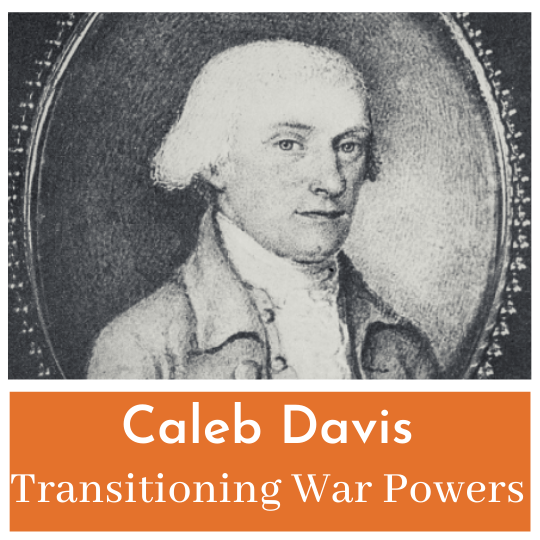Paul Revere - More Than A Midnight Rider
Paul Revere has become a legendary hero in the American pantheon.
This is due primarily to a poem by Henry Wadsworth Longfellow written almost a century after Revere’s ‘Midnight Ride.’
Although Revere was an important instigator in the early days of the American Revolution, his real contribution to the Founding of the United States was his involvement in the onset of the Industrial Revolution.
Paul Revere
In the years leading up to the American Revolution, Paul Revere managed to secure a middle-class income working as a silversmith.
He gained influence among his peers, as his main clientele were wealthy Boston citizens who commissioned the items he made from the fine metal. Additionally, he became a freemason where he made further connections with the future Founders of America.
Revolutionary Messenger
As relations with Great Britain grew harsh, Revere worked with his friends Sam Adams and Joseph Warren to steer the resistance movement.
When the Committee of Safety came together to defend the rights of the people of Massachusetts, Revere was named as their courier, in charge of taking his horse as far as New York and Philadelphia to deliver messages. He made these trips over a dozen times.
Additionally, Revere was one of the main organizers of the Boston Tea Party.
The Ride
When the redcoats began to move inland to seize gunpowder, Paul Revere took his famous midnight ride to let everyone know ‘the British are coming.’
What is often overlooked is that Revere was not the only person riding that night. In all, at least 40 different people took to horseback to warn the countryside of this invasion.
Revere, actually, was unsuccessful in his ride. He was accompanied by two other people when a group of British officers appeared. The two other men escaped but Revere was arrested. He was taken to Lexington, only to be let go when the officers decided the town was too heavily guarded. They released Paul and returned to Boston.
Failed Soldier
Afterward, Revere attempted to join the Continental Army but was not given an officers commission.
Eventually, he was placed as second in command of a fort guarding Boston. When he was finally sent to battle, he made several mistakes that hindered an attempt to take Fort George in Maine.
Revere was court-martialed and did not see any more fighting during the Revolutionary War.
Industrial Revolutionary
Before the Americans won at Yorktown, Paul Revere’s time as a political revolutionary was over.
It is often overlooked, however, that the Founding of America coincided with the beginnings of the Industrial Revolution. Revere was at the forefront of this second major change in society.
Paul Revere expanded his silversmith trade to include an ironwork forge.
Instead of catering just to those who could afford silver products, he began producing goods for the common people as well.
Revere was an early adapter of a proto-assembly line. He made casts for a number of products that were remade over and over again.
Unlike today, where everything that comes off an assembly line is identical, Revere’s products would have slight imperfections. However, this was one of the first steps towards the mass production we are accustomed to today.
Additionally, Revere began hiring employees whom he paid a wage. Before this time, most skill workers considered themselves artisans, only employing apprentices who would later strike out on their own. Revere countered this by offering certain freedoms that may surprise the modern reader, like paying employees based on their skill level as opposed to hours worked or total production.
Conclusion
Paul Revere was on the forefront of two revolutions: the American Revolution and the Industrial Revolution. Although it may not have been a heroic as it has been built up to be, Revere’s midnight ride was part of the sparking of the American Revolution. By the time the federal government was put in place, Revere was beginning the system of standardized production and wage labor that our nation runs on today.
If you enjoyed this article and would like a new Founder sent to you every morning, please subscribe to our email list. We do not give anyone your information and only send our articles (and an occasional update about our website).
If you'd like to learn more about the TRUE story of Paul Revere, I highly recommend 'The Revolutionary Paul Revere' which is linked below. Our books are sold through Amazon because they are a trusted resource. Your purchase helps support this website but does not effect the price you are charged. Thanks!






